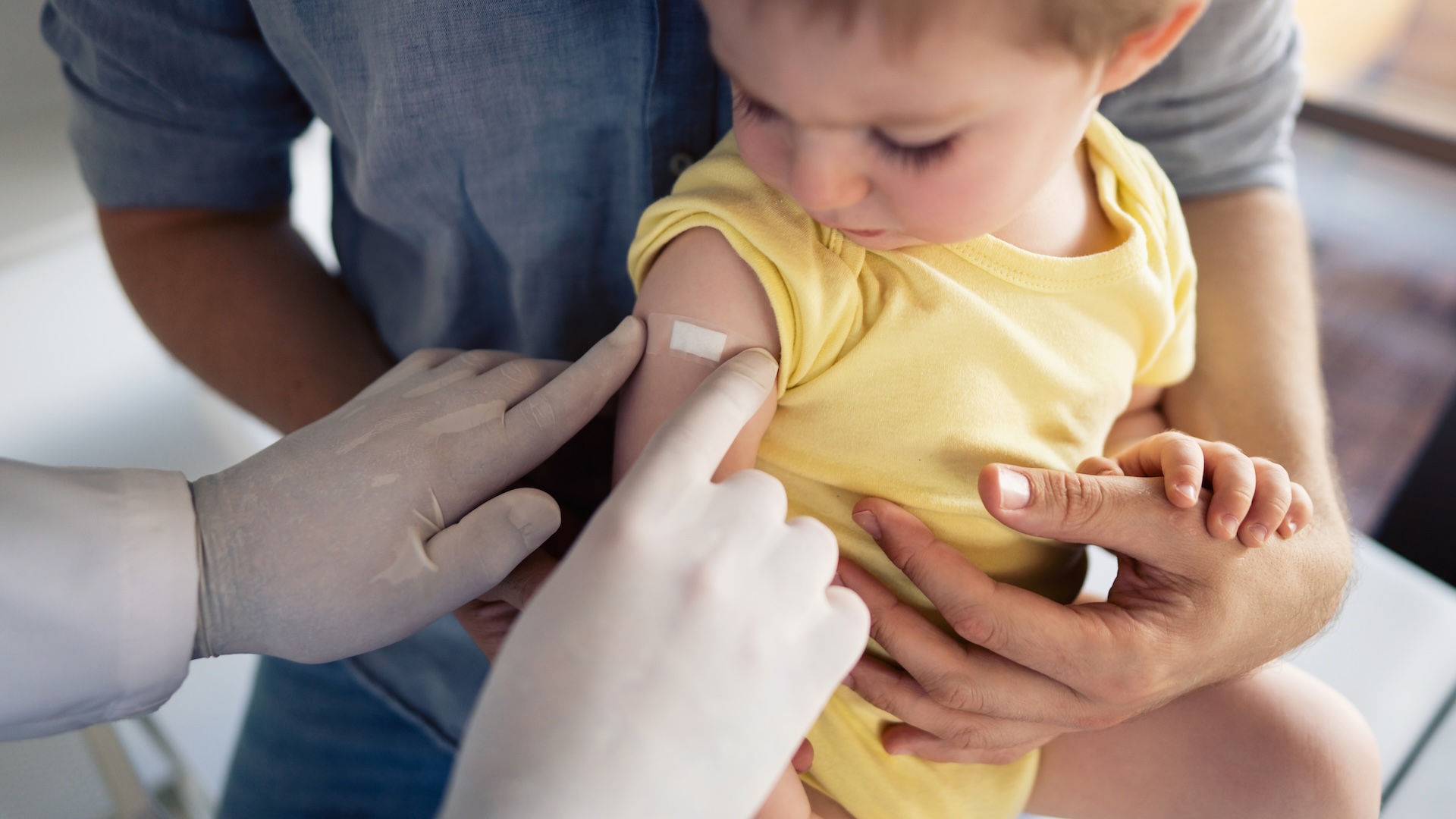Rates of autism diagnosis in children are at an all time high, CDC report suggests
A 2020 report from the Centers for Disease Control and Prevention has found that the prevalence of autism spectrum disorder among 8-year-old children is the highest it's ever been.

The rate of autism spectrum disorder (ASD) in the United States has reached an all time high, a new report from the Centers for Disease Control and Prevention (CDC) has revealed. However, the sky-high rate is likely due to improved screening and diagnosis, not an epidemic of new cases, the study suggests.
One in 36 children had an ASD diagnosis in 2020 compared to one in 44 in 2018, according to data collected across 11 states by the Autism and Developmental Disabilities Monitoring (ADDM) Network. Wisconsin recorded the largest relative change between 2018 and 2020, with a 49.5% increase in the overall prevalence of ASD.
For the first time in 20 years of monitoring, the percentage of 8-year-old girls with ASD rose above 1%, while it remained around 4% for boys.
The report, published on March 24, also found for the first time that the prevalence of ASD in Black, Hispanic, Asian and Pacific Islander children has overtaken the prevalence in white children, who have historically had better access to screening and diagnosis.
While ASD prevalence in white children rose 14.6% from 2018 to 2020, it increased by more than 30% in Asian, Black and Hispanic 8-year-olds. The staggering increase in those groups is due to improved screening, awareness and access since 2018, the report suggests.
Related: Brain differences tied to autism can be detected in the womb
ASD is a developmental disorder that affects the brain and impacts how people interact with others, communicate, learn and behave, according to the National Institute of Mental Health.
Sign up for the Live Science daily newsletter now
Get the world’s most fascinating discoveries delivered straight to your inbox.
To estimate how many children have ASD, the ADDM Network counted 8-year-old children with either an ASD diagnosis from a qualified professional, a special education classification of autism in public school or an administrative record of ASD using the World Health Organization's International Classification of Diseases.
ASD prevalence among children has increased markedly over the last 20 years. The ADDM Network notes that while just 6.7 kids per 1,000 met criteria for an ASD diagnosis; that number rose to 23 in 2018 and 27.6 in the current report.
Black children with ASD were more likely to have additional intellectual disabilities, such as those related to genetic conditions or birth defects, than their white counterparts.
The current prevalence could be an underestimate, the report suggests. COVID-19 and successive lockdowns blocked access to some services, which may have led to fewer records of ASD being documented.
"In the early months of the pandemic, 4-year-old children were less likely to have an evaluation or be identified with ASD than 8-year-old children when they were the same age. This coincides with the interruptions in childcare and healthcare services during the COVID-19 pandemic," CDC officials wrote in a statement.

Sascha is a U.K.-based staff writer at Live Science. She holds a bachelor’s degree in biology from the University of Southampton in England and a master’s degree in science communication from Imperial College London. Her work has appeared in The Guardian and the health website Zoe. Besides writing, she enjoys playing tennis, bread-making and browsing second-hand shops for hidden gems.
Famous tomb said to hold Alexander the Great's father actually contains younger man, a woman and 6 babies, study finds
See the reconstructed home of 'polar dinosaurs' that thrived in the Antarctic 120 million years ago
Was it a stone tool or just a rock? An archaeologist explains how scientists can tell the difference









